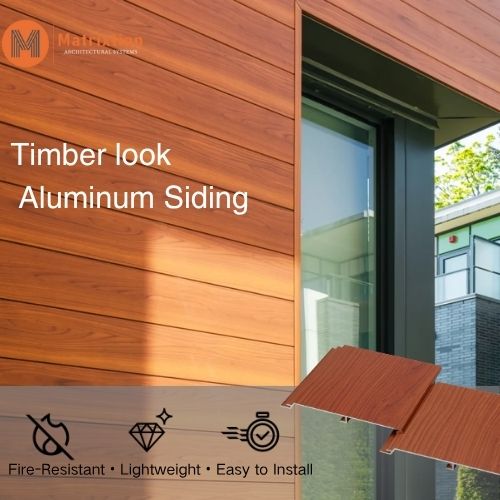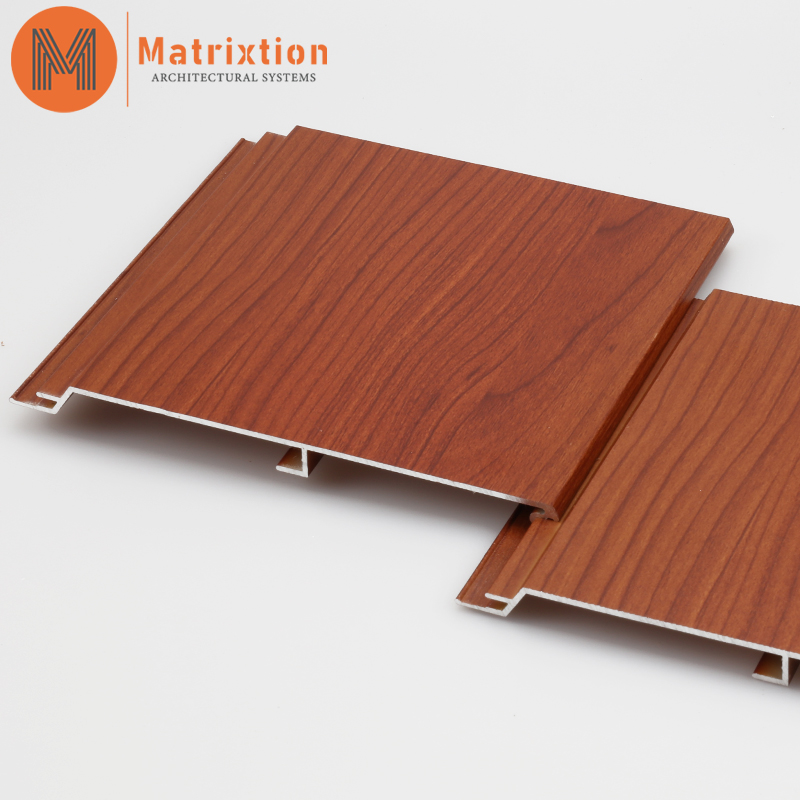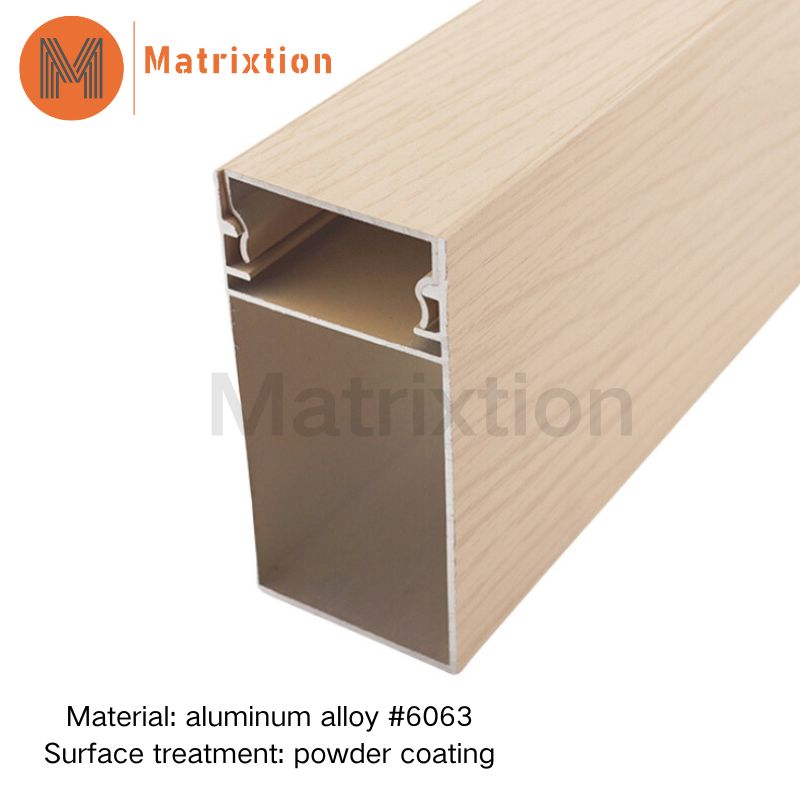In the field of construction, choosing the right exterior wall cladding material is a critical decision that affects not only the aesthetics and functionality of the building, but also its durability and safety. Aluminum, a commonly used building material, has been widely used in exterior wall cladding in recent years.
So, is aluminum suitable for exterior wall cladding? This article will analyze the advantages and challenges of aluminum facade cladding from multiple perspectives, as well as its application in architecture.
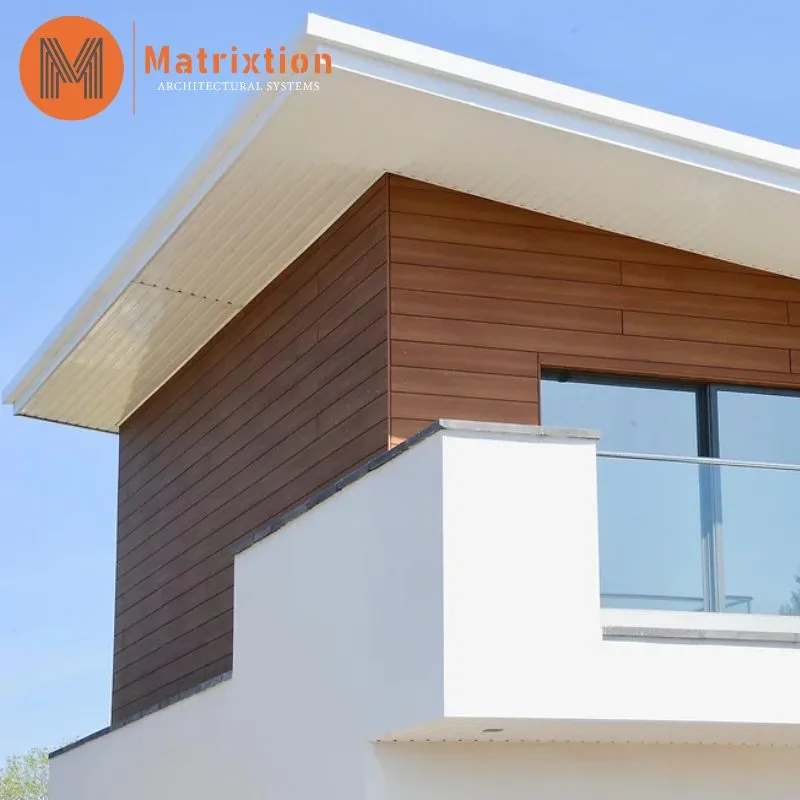
Advantages of aluminum facade cladding
The reason why aluminum facade cladding is favored by architects and developers is mainly due to its following significant advantages:
1. Lightweight and high strength: Aluminum is only one-third as dense as steel, but it is strong enough to withstand the demands of exterior wall cladding. This results in a significant reduction in the overall weight of the building, which in turn reduces the stress on the building's foundation and structure.
2. Corrosion resistance: A dense oxide film can naturally form on the surface of aluminum alloy. This oxide film can effectively prevent further oxidation corrosion. Therefore, aluminum facade cladding can maintain good performance in various weather conditions and is especially suitable for humid and rainy environments.
3. Flexible design: Aluminum is extremely malleable and can be processed into various shapes and sizes to meet the design needs of different architectural styles. Its surface treatment processes are also very diverse, including fluorocarbon spraying, electrophoretic coating and anodizing, etc. These processes can achieve various colors and textures.
4. Easy installation: The lightness of aluminum makes it easy to handle and install during the construction process, saving a lot of labor and time costs. In addition, aluminum materials can be cut and drilled according to on-site conditions, making them highly adaptable.
5. Environmentally friendly and recyclable: Aluminum is a completely recyclable material, and the energy consumption during the recycling process is relatively low, which is in line with the environmental protection concept of modern green buildings.
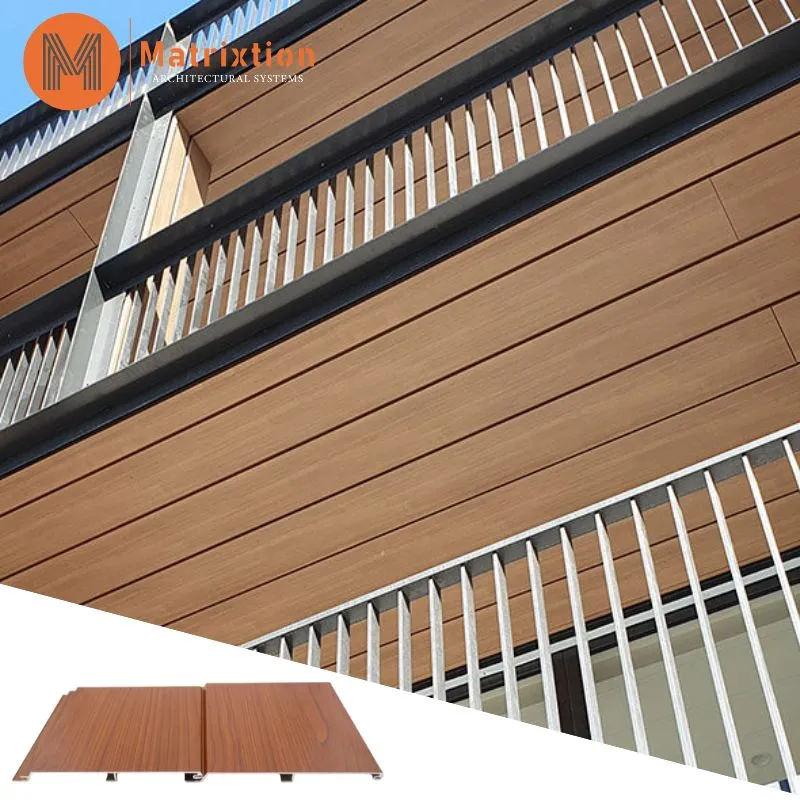
Challenges of aluminum facade cladding
Although aluminum facade cladding has many advantages, there are also some challenges that need to be overcome:
1. Cost issue: The price of aluminum is relatively high, especially the cost of some special alloys and surface treatment processes. This may increase the initial investment in building.
2. Thermal expansion problem: The thermal expansion coefficient of aluminum is large, and temperature changes may cause thermal expansion and contraction of the aluminum plate, thereby affecting the connection between the aluminum plate and the structure. This requires special handling during the design and installation process, such as leaving sufficient expansion joints.
3. Fire resistance: Pure aluminum has a low melting point and is easily deformed in high temperature environments. Therefore, in high-rise buildings and special-purpose buildings, additional fire protection treatments and designs may be required to ensure safety.
4. The surface is easy to scratch: Although the aluminum surface has certain corrosion resistance, in actual applications, the aluminum surface may be scratched or otherwise physically damaged, thus affecting the appearance and service life.
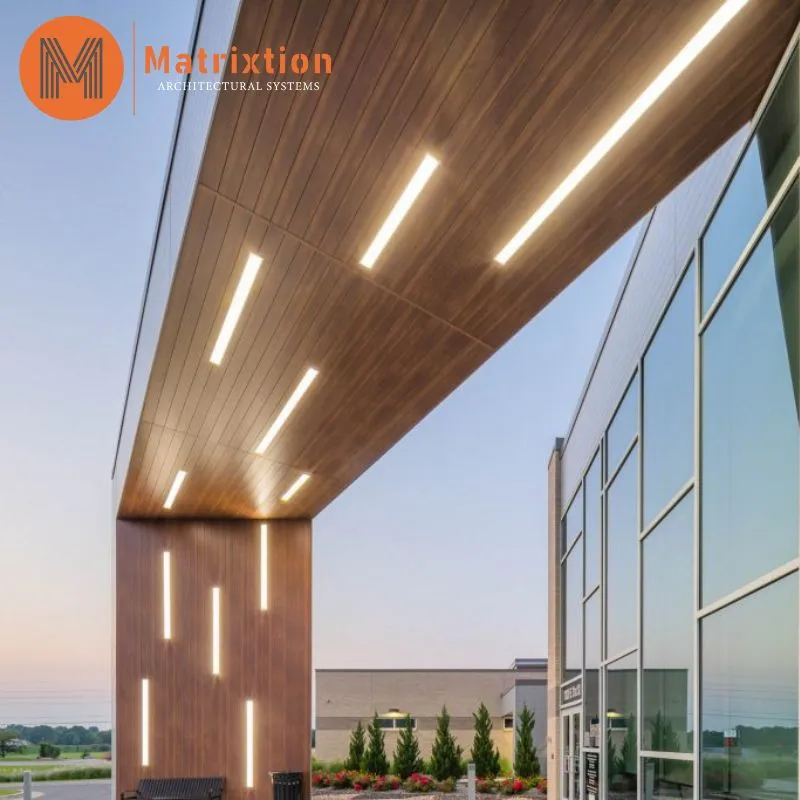
Application cases of aluminum wall cladding
In order to better understand the applicability of aluminum wall cladding, we can look at several practical application cases:
● Commercial buildings: Aluminum facade cladding is very common in commercial buildings, such as shopping malls, office buildings, etc. These buildings require a stylish and beautiful appearance, as well as high structural strength and weather resistance requirements. Aluminum can well meet these needs.
● High-rise residential buildings: In high-rise residential buildings, the lightweight and high-strength advantages of aluminum wall cladding are particularly prominent. It can reduce the weight of the building while ensuring the strength and durability of the exterior wall.
● Cultural facilities: Some cultural facilities, such as museums, art galleries, etc., usually use aluminum wall cladding. In addition to meeting functional requirements, these buildings also need to highlight design and personalization, and the diverse treatments of aluminum can provide rich visual effects.
In conclusion
Taken together, aluminum is a very suitable material for exterior wall cladding, especially in buildings that require high aesthetics, functionality and durability. Although aluminum facade cladding faces some challenges, through reasonable design and construction, these problems can be effectively solved.
Architects and developers should consider factors such as the building's use, environment and budget when selecting exterior cladding materials. Aluminum's light weight, high strength, corrosion resistance and design flexibility make it an ideal choice for exterior wall cladding in modern buildings. Through scientific design and construction, aluminum facade cladding can not only improve the appearance and performance of the building, but also extend its service life and save later maintenance costs.


